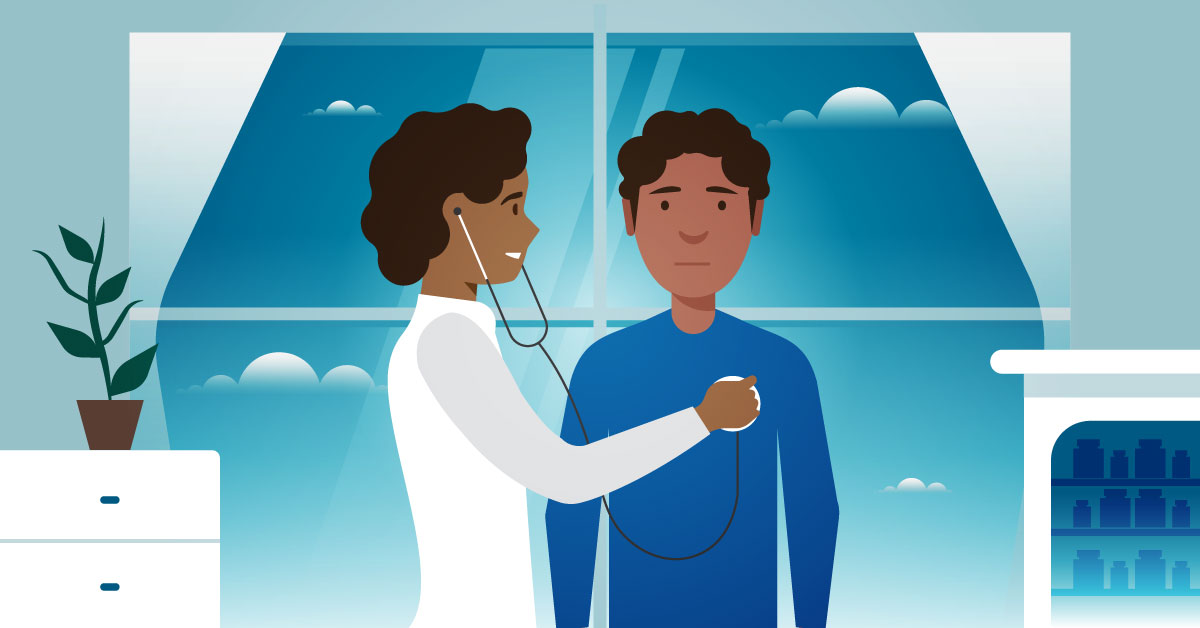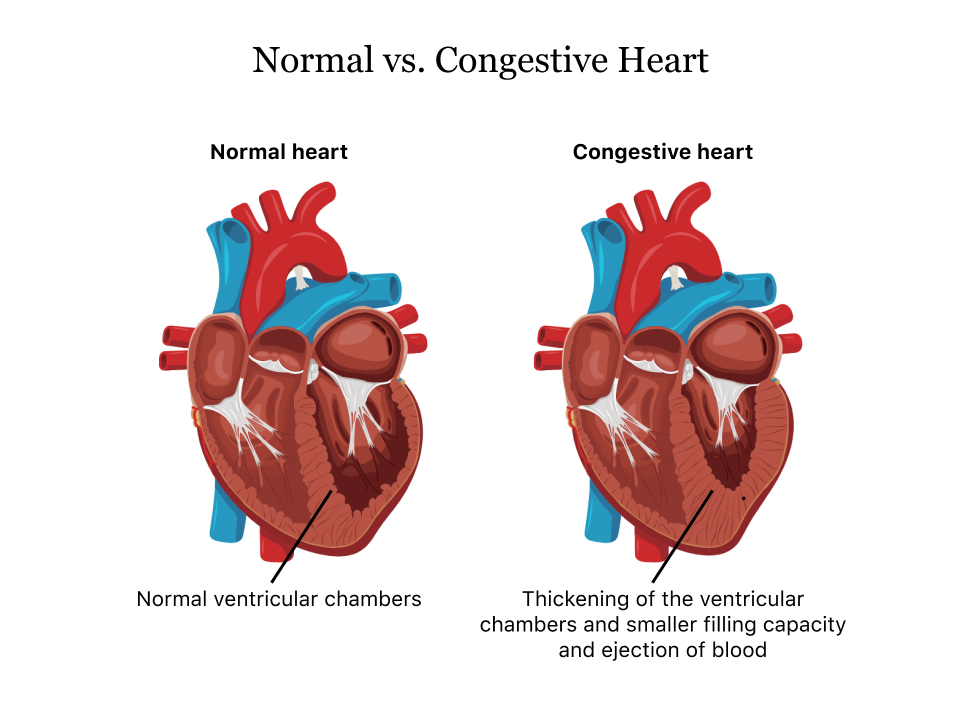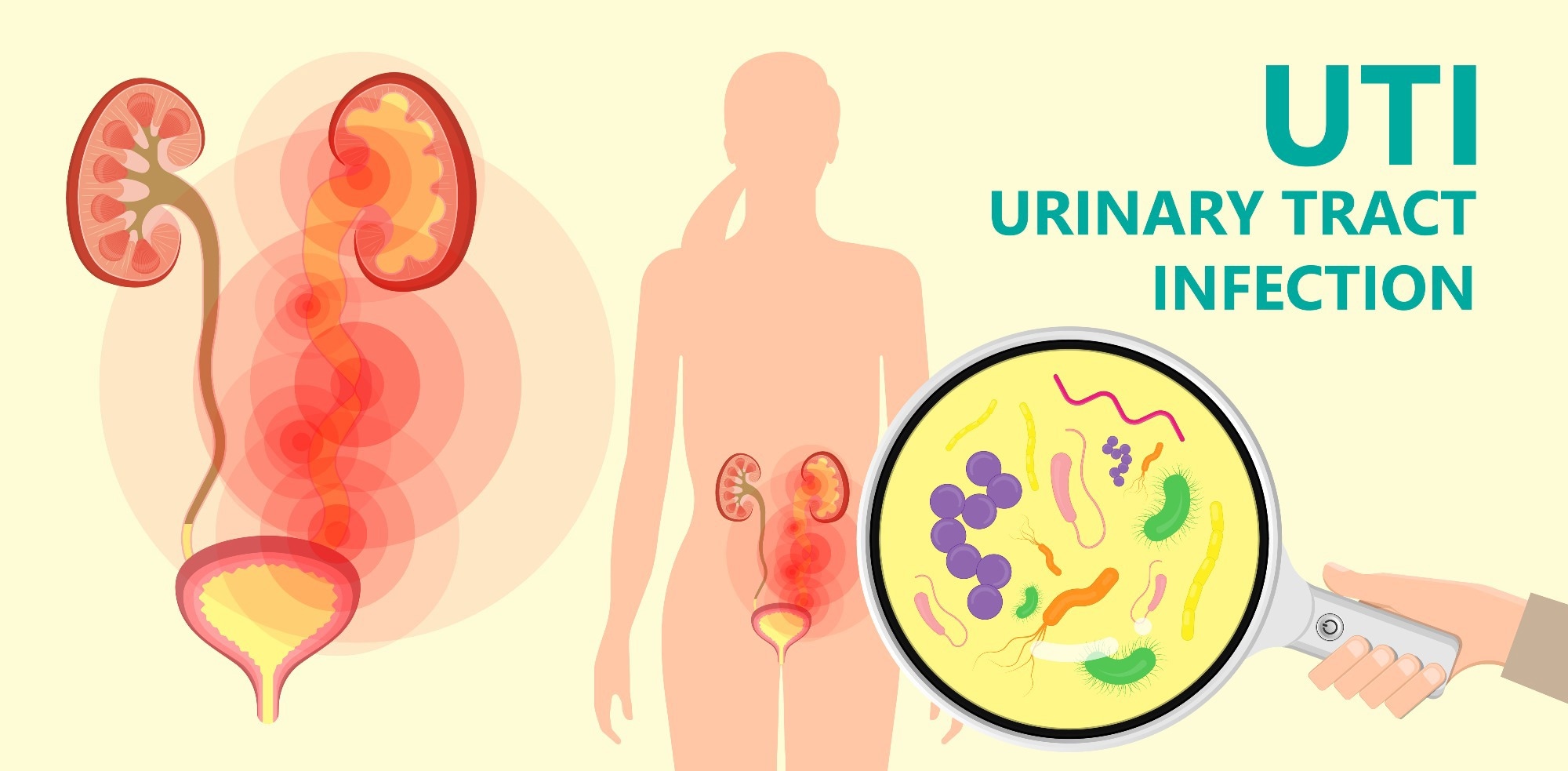Scenario 1 You are working in risk management – Answered
Scenario 1 You are working in risk management – Answered
Scenario 1 You are working in risk management and need to track medication administration errors and adverse events for patients over a 6-month period. You are receiving information from the inpatient areas, outpatient clinics, and home health. Using the scenario, create a diagram of WK 3 proposed database using Microsoft Word. Include the additions made in Week 4.Complete the diagram first, but place it as the final page or pages of your submission. The diagram is separate from the required page count. In the narrative portion of the assignment: 2 to 3 pages. Provide current references to support narrative. Explain how your diagram articulates your planned design. Explain the principles behind selecting key fields and defining relationships. Be specific and support your response with evidence. Write a sample PICOT question (i.e., a query) you might ask based on the information in the database created during Weeks 3 and 4 to demonstrate your understanding of the connection between data and research. List the tables in the database that you would need to include when answering your question (Scenario 1 You are working in risk management – Answered).
Answer
Risk Management Database Design for Medication Administration Errors and Adverse Events
Introduction
In risk management, tracking medication administration errors and adverse events is crucial for improving patient safety and healthcare quality. This database will gather information from inpatient areas, outpatient clinics, and home health over a six-month period. The following narrative describes the proposed database design, the rationale behind selecting key fields and defining relationships, and presents a sample PICOT question demonstrating the connection between data and research.
Database Design Diagram Explanation
The database consists of several interconnected tables, each representing different aspects of medication administration errors and adverse events. The main tables include:
- Patient Information: Contains patient demographics and identification details.
- Medication Administration: Records details of each medication administration instance.
- Error Reporting: Logs specific medication errors and their details.
- Adverse Events: Captures data on adverse events experienced by patients.
- Healthcare Provider Information: Stores information about healthcare providers involved in medication administration.
- Location Information: Includes data on where the patient is receiving care (inpatient, outpatient, home health).
Each table is connected through key fields that allow for robust data analysis. For instance, the Patient Information table is linked to the Medication Administration, Error Reporting, and Adverse Events tables through a unique patient ID. Similarly, healthcare providers are linked to medication administration instances and error reports through provider IDs.
Key Fields and Relationships
The key fields were selected to ensure comprehensive tracking and easy data retrieval. Key fields include:
- Patient ID: Unique identifier for each patient, linking patient records across tables.
- Medication Administration ID: Unique identifier for each medication administration event.
- Error Report ID: Unique identifier for each reported error.
- Adverse Event ID: Unique identifier for each adverse event recorded.
- Provider ID: Unique identifier for healthcare providers involved in care delivery.
- Location ID: Unique identifier for care locations (inpatient, outpatient, home health).
Defining relationships between these fields allows for efficient data linkage and integrity. For example, linking Patient ID across different tables ensures that all medication administration, error reports, and adverse events are accurately associated with the correct patient.
Principles Behind Design
The primary principles guiding this design are normalization and relational integrity. Normalization involves organizing data to reduce redundancy and improve data integrity. By breaking down data into related tables, the database minimizes duplication and ensures consistency. Relational integrity is maintained through primary and foreign keys, which ensure that relationships between tables are accurate and enforce data validity.
Sample PICOT Question
PICOT Question: In patients receiving care in different settings (P: population), how does the frequency of medication administration errors (I: intervention) compare between inpatient areas, outpatient clinics, and home health (C: comparison) over a six-month period (T: time) affect the incidence of adverse events (O: outcome)?
Tables Needed for PICOT Question
To answer this PICOT question, the following tables would be required:
- Patient Information: To identify patient demographics and ensure correct patient tracking.
- Medication Administration: To analyze the frequency of medication administration events.
- Error Reporting: To compare the frequency and types of errors across different care settings.
- Adverse Events: To assess the incidence of adverse events related to medication administration errors.
- Location Information: To categorize data by care setting (inpatient, outpatient, home health).
Conclusion
The proposed database design is structured to effectively track and analyze medication administration errors and adverse events across various healthcare settings. By implementing key fields and defining robust relationships, the database ensures data integrity and facilitates comprehensive research. This design not only supports immediate risk management needs but also lays the foundation for ongoing quality improvement initiatives.
References
Balakrishnan, R., & Wright, R. (2020). Database design: A practical approach. Wiley.
McGonigle, D., & Mastrian, K. G. (2018). Nursing informatics and the foundation of knowledge (4th ed.). Jones & Bartlett Learning. https://www.amazon.com/Nursing-Informatics-Foundation-Knowledge-McGonigle/dp/1284121240
Polit, D. F., & Beck, C. T. (2020). Nursing research: Generating and assessing evidence for nursing practice (11th ed.). Wolters Kluwer Health.
(Scenario 1 You are working in risk management – Answered)



:max_bytes(150000):strip_icc()/article_7866255_foods-you-should-eat-every-week-to-lose-weight_-04-d58e9c481bce4a29b47295baade4072d.jpg)








